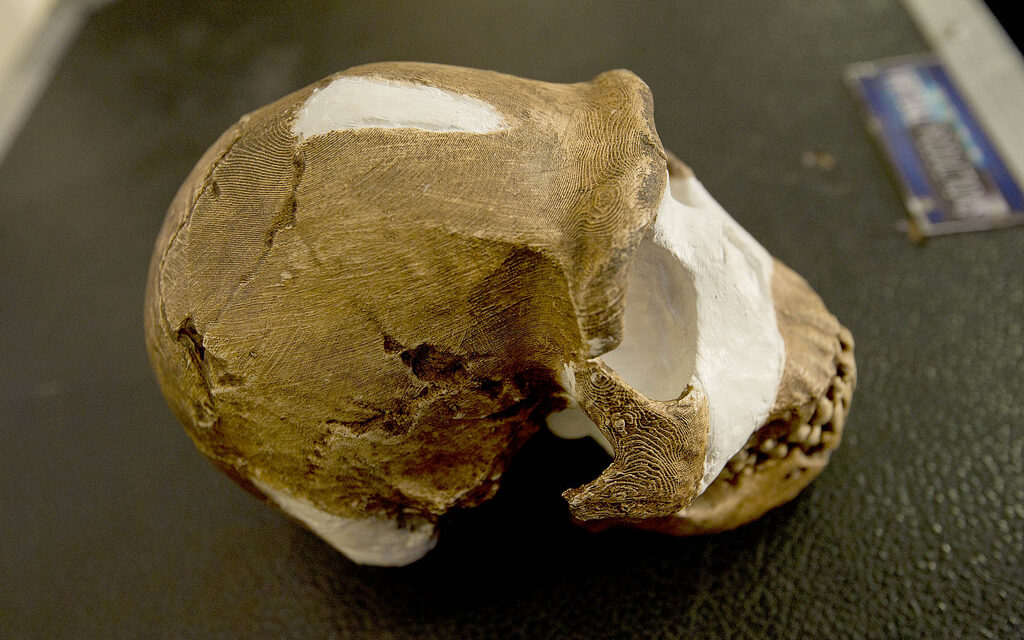New Scientist
Image: GovernmentZA
It’s not the size of your brain, it’s how you organise it. The most recently discovered species of early human had a skull only slightly larger than a chimpanzee’s, but its brain looked surprisingly like our own – particularly in an area of the frontal lobe with links to language.
This could back suggestions that these mysterious early humans showed advanced behaviours, such as teamwork and burial, even though we still don’t know exactly when they lived.
In 2013, news broke of an extraordinary discovery in a chamber deep inside a South African cave. Researchers led by Lee Berger at the University of the Witwatersrand in Johannesburg had discovered thousands of ancient human fossils – comfortably the largest cache of its kind ever found in Africa.
The first official scientific reports were published in 2015, and they painted a confusing picture. The bones belonged to a never-before-seen early human, which was named Homo naledi.
It had a peculiar mix of anatomical features, which is part of what makes it hard to tell when the species lived. But what really set tongues wagging was the suggestion by Berger and his colleagues that H. naledi had deliberately disposed of its dead in this deep, dark, difficult-to-reach cave chamber full of remains. Read more on newscientist.com…








